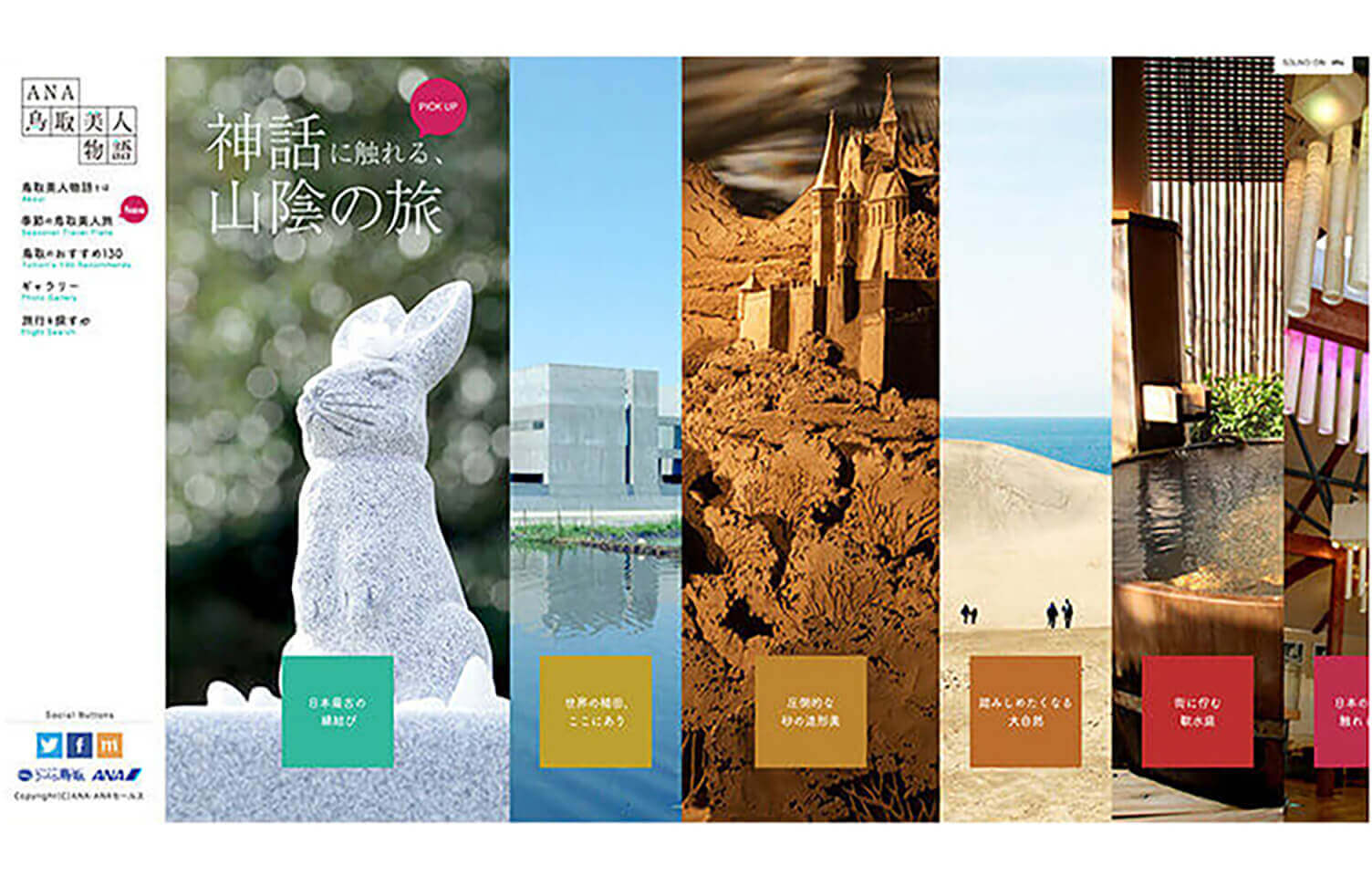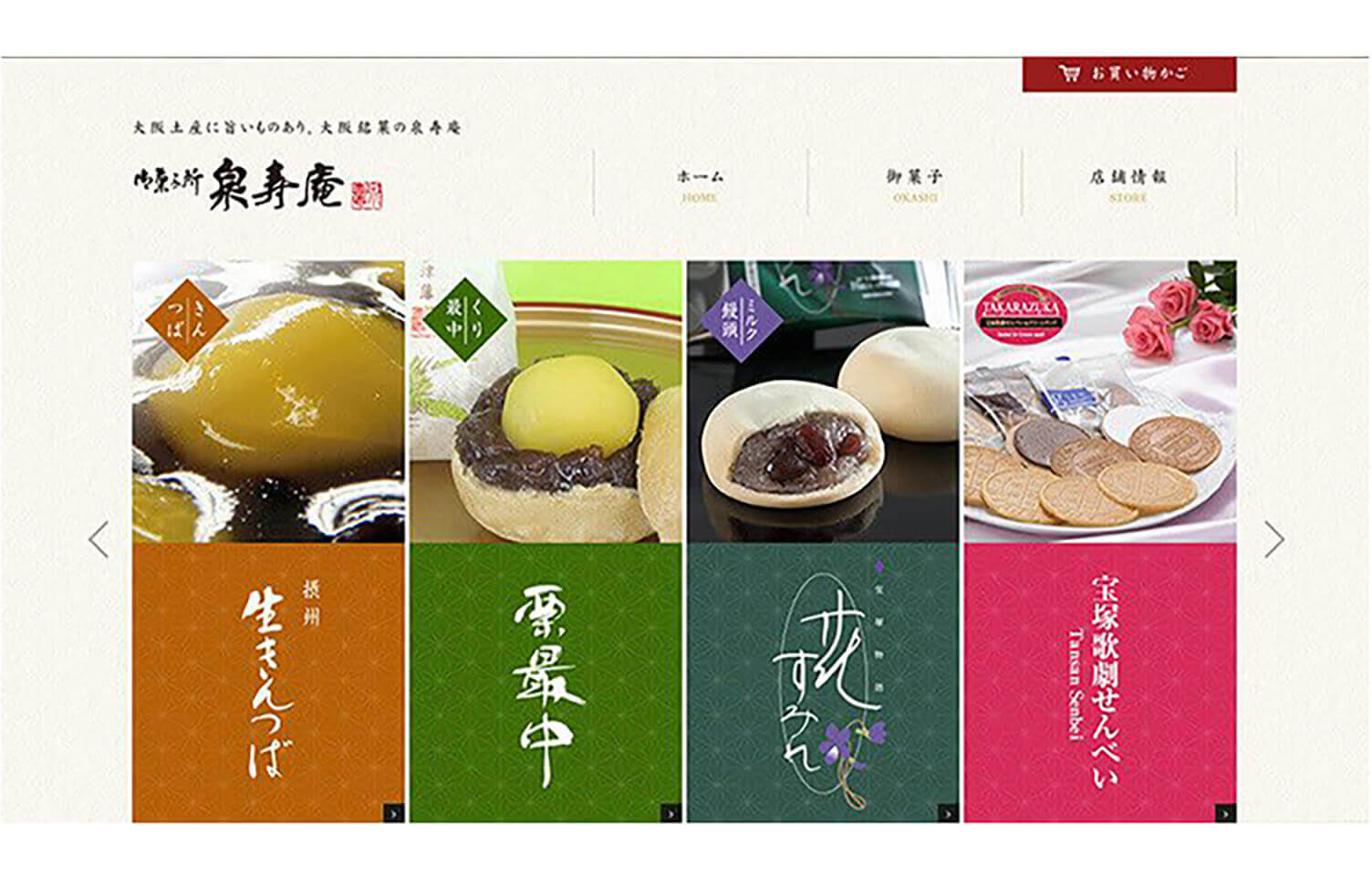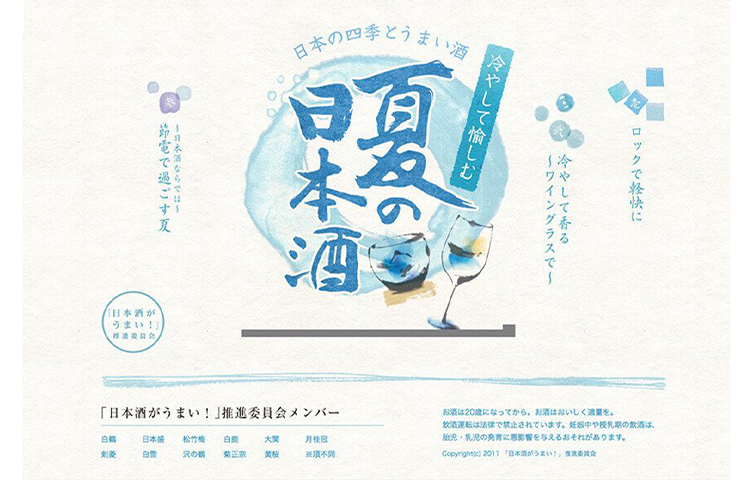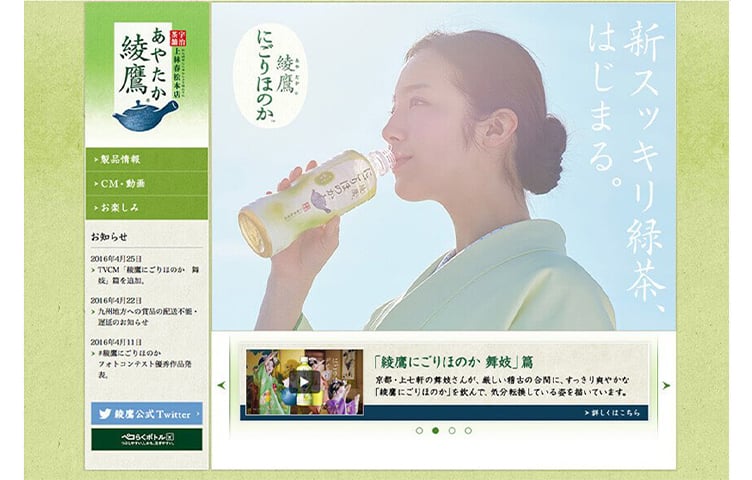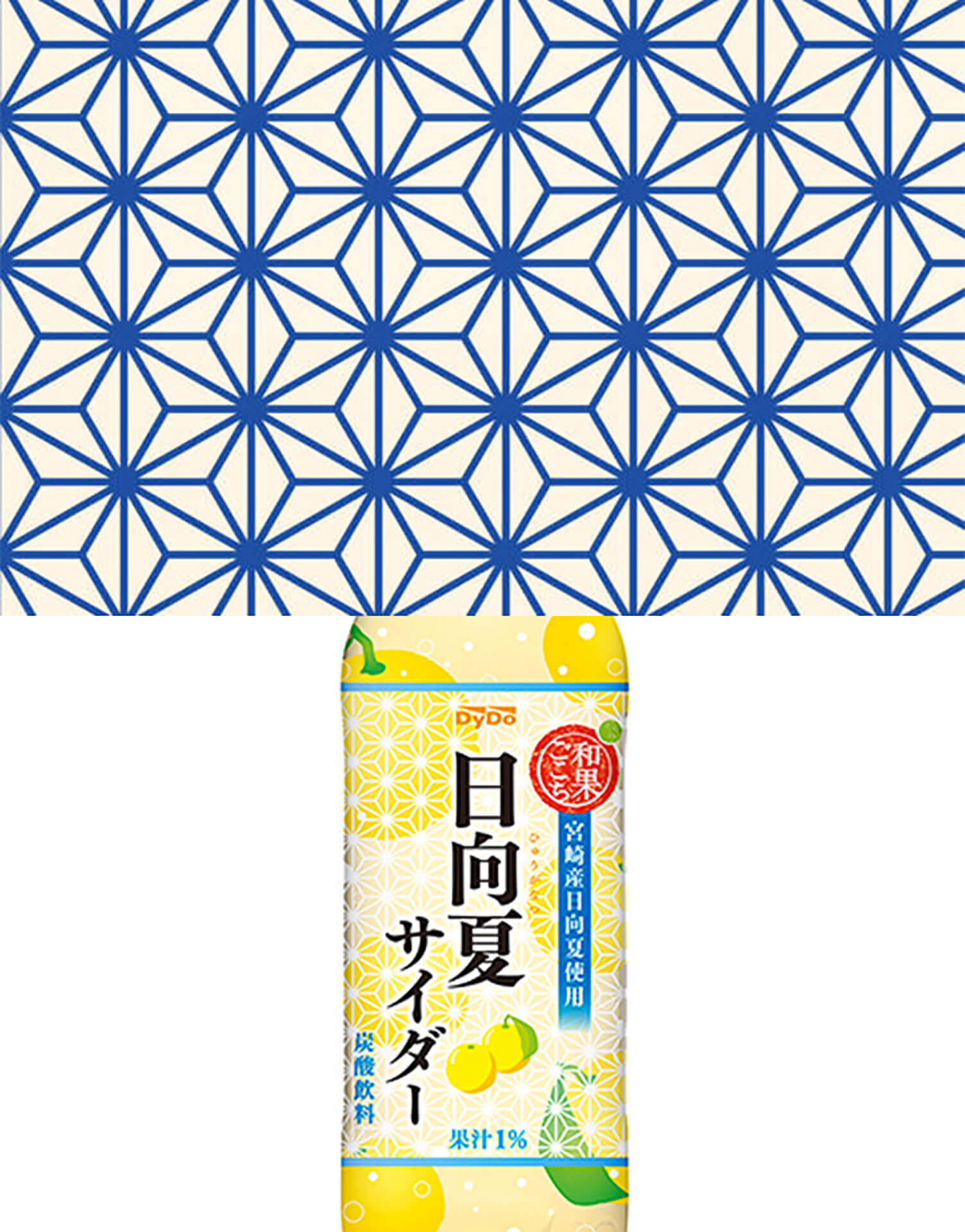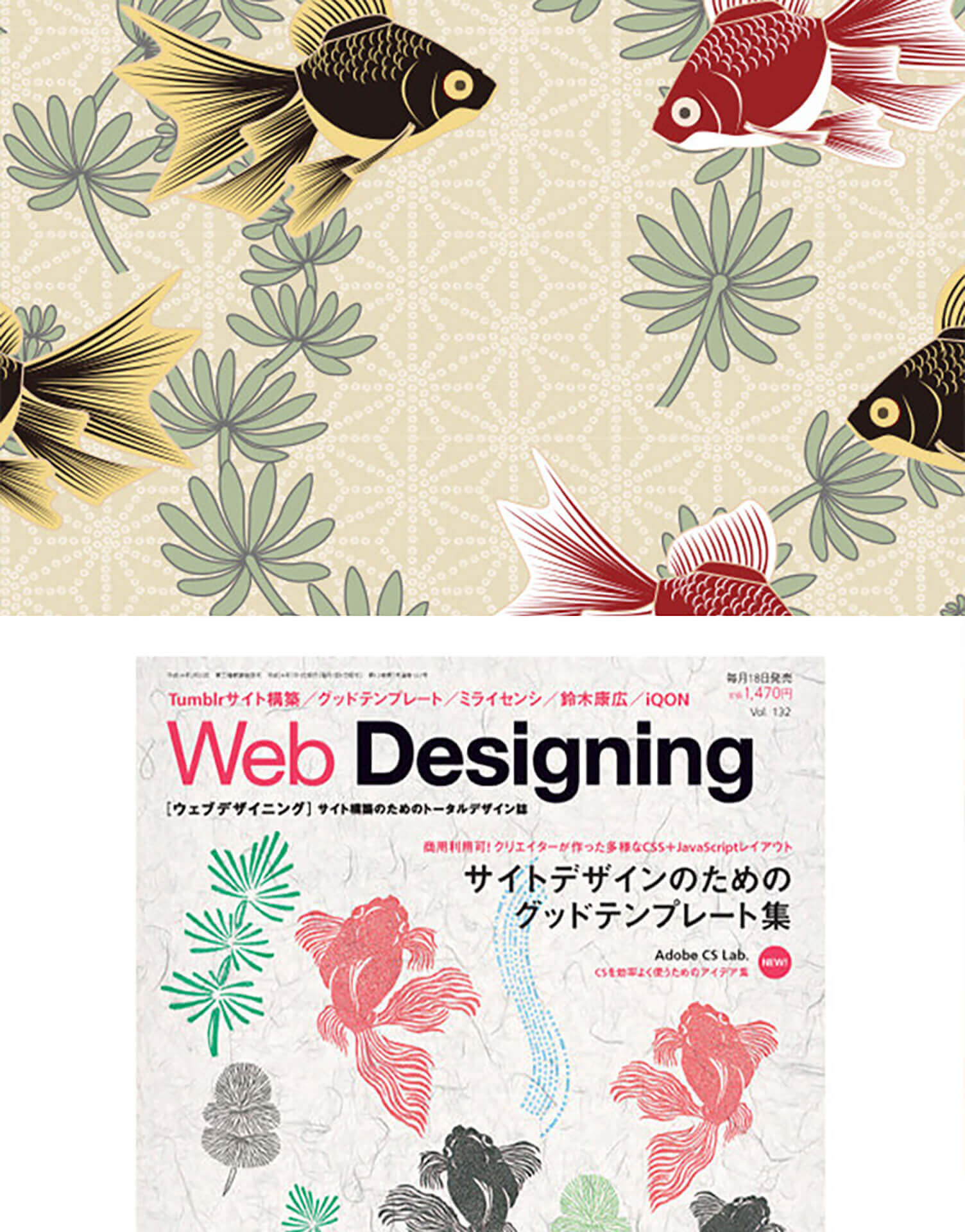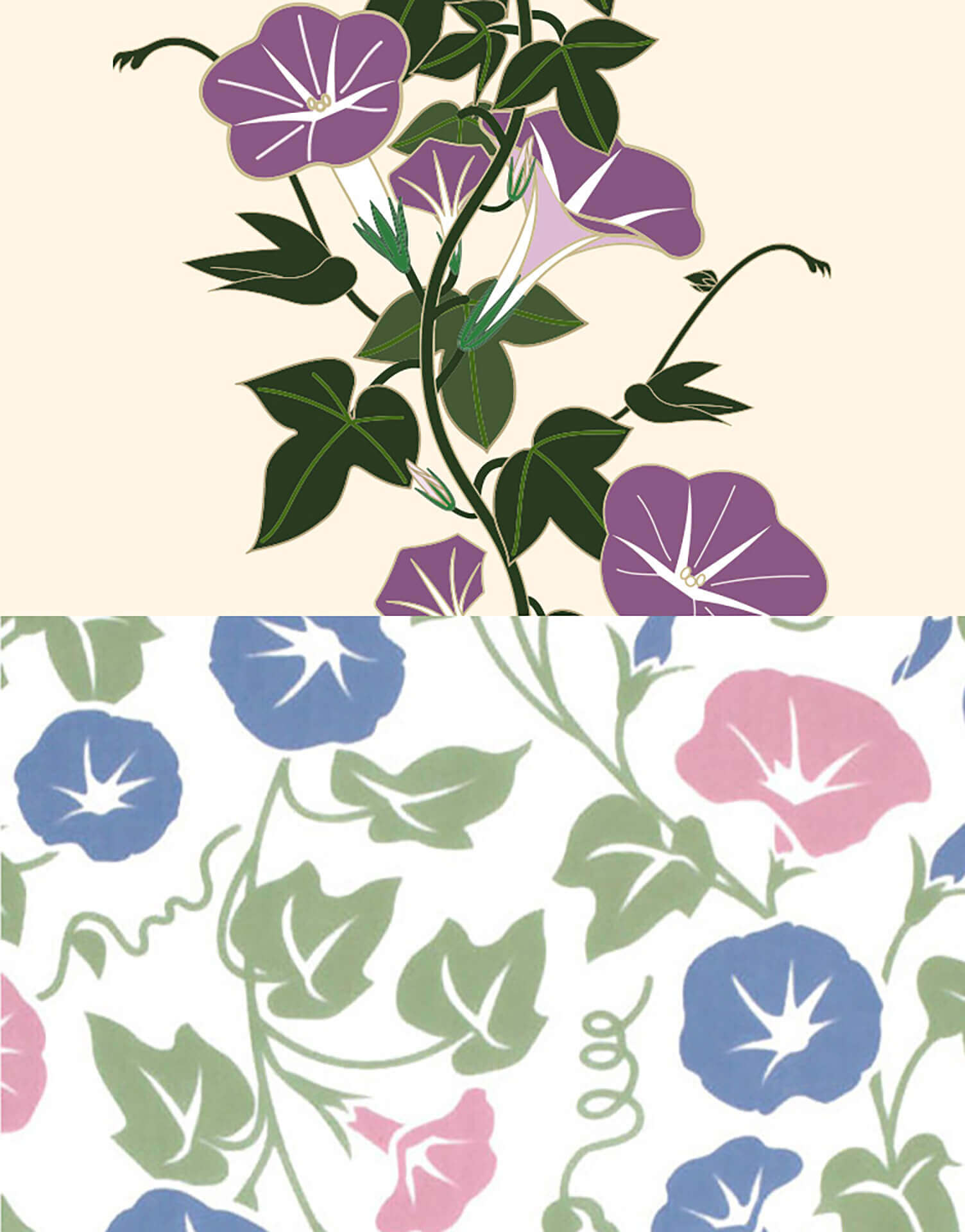- DESIGN
- Vol.46
イラストレーター
M.N.
- Vol.46
- DESIGN
- 2016.5.22
Summer Traditional Colours and Patterns
It’s the season of fresh green leaves. We often create designs or illustrations that follow the seasons. Japan’s unique sense of colour — passed down from ancient times and still alive in our lives today — has great cultural value. In this issue, we introduce Japanese traditional colours and patterns for summer, and colour combinations that are perfect for the season.
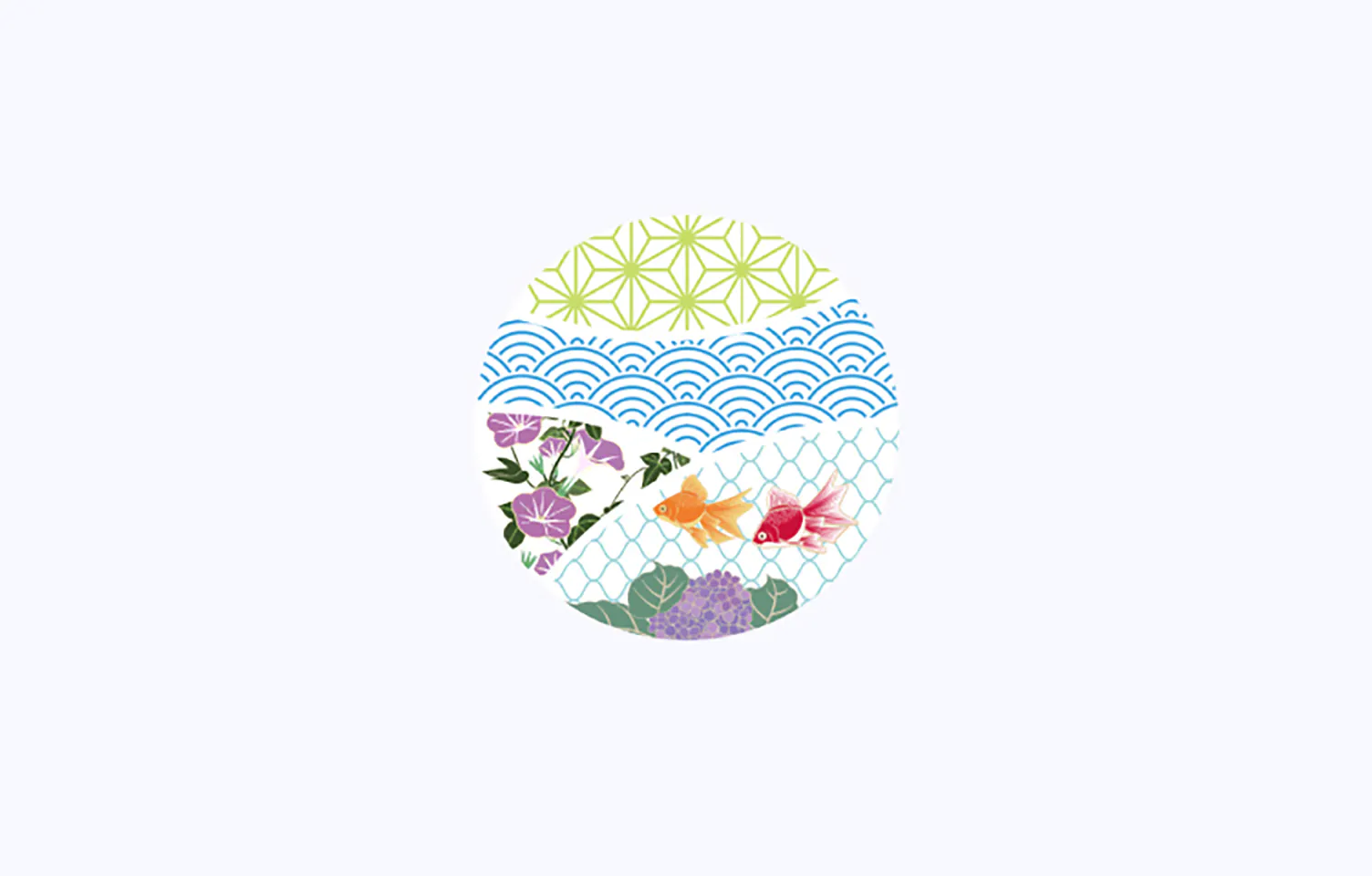
Colours associated with summer, colours that make you feel summer
In Japan, colours of nature are deeply connected with traditional colours. When you think “summer,” what images come to mind? It’s not just the vivid colours of flowers under the strong summer sun. It can also be the rich green of plants thriving with life, the glossy wetness of summer rain, or colours that express coolness from shade and water. Just the single word “summer” evokes different impressions like “heat,” “gloss,” or “coolness.” All of these fit the summer image.
Next, we’ll show how to express summer’s heat and coolness using colours.
Traditional colours that make you feel summer’s heat
Under the strong sunlight of summer, the high-saturation colours of flowers and plants appear even more vivid. Here are some colours taken from flowers blooming in summer or plants growing full of life.

二藍
Futaai
#888ABC
R:136 G:138 B:188
C:58% M:50% Y:0% K:0%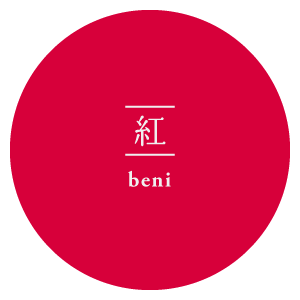
紅
Beni
#C41A41
R:196 G:26 B:65
C:10% M:100% Y:53% K:10%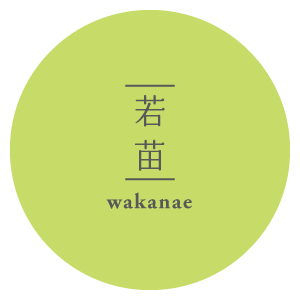
若苗
wakanae
#C7DC68
R:199 G:220 B:104
C:10% M:0% Y:53% K:14%
黄色
kiiro
#FFD900
R:187 G:38 B:46
C:25% M:96% Y:85% K:5%
瑠璃色
ruriiro
#004898
R:000 G:72 B:152
C:100% M:70% Y:0% K:10%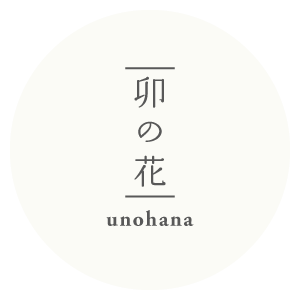
卯の花
unohana
#FBFBF6
R:251 G:251 B:246
C:1% M:0% Y:4% K:2%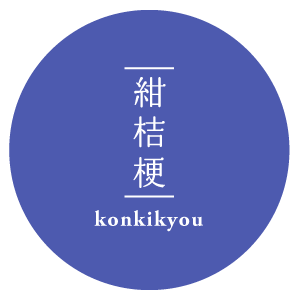
紺桔梗
konkikyo
#4d5aaf
R:77 G:90 B:175
C:56% M:49% Y:0% K:31%
檸檬色
remoniro
#ECDF2B
R:236 G:223 B:43
C:7% M:13% Y:83% K:0%
萌葱色
moegiiro
#006e54
R:0 G:110 B:84
C:100% M:0% Y:24% K:57%
Summer colour combinations
In Japan there was a practice called kasane-iro (layering colours) used in costumes. To use those colour sets directly in design can be tricky because the colours are strongly saturated.
In such cases, a “saturation contrast” method is used: colours with different saturation levels affect each other, making vivid ones pop and dull ones look even more muted.
Using a vivid colour as a highlight works well. Also, combining with white helps express summer sunlight.
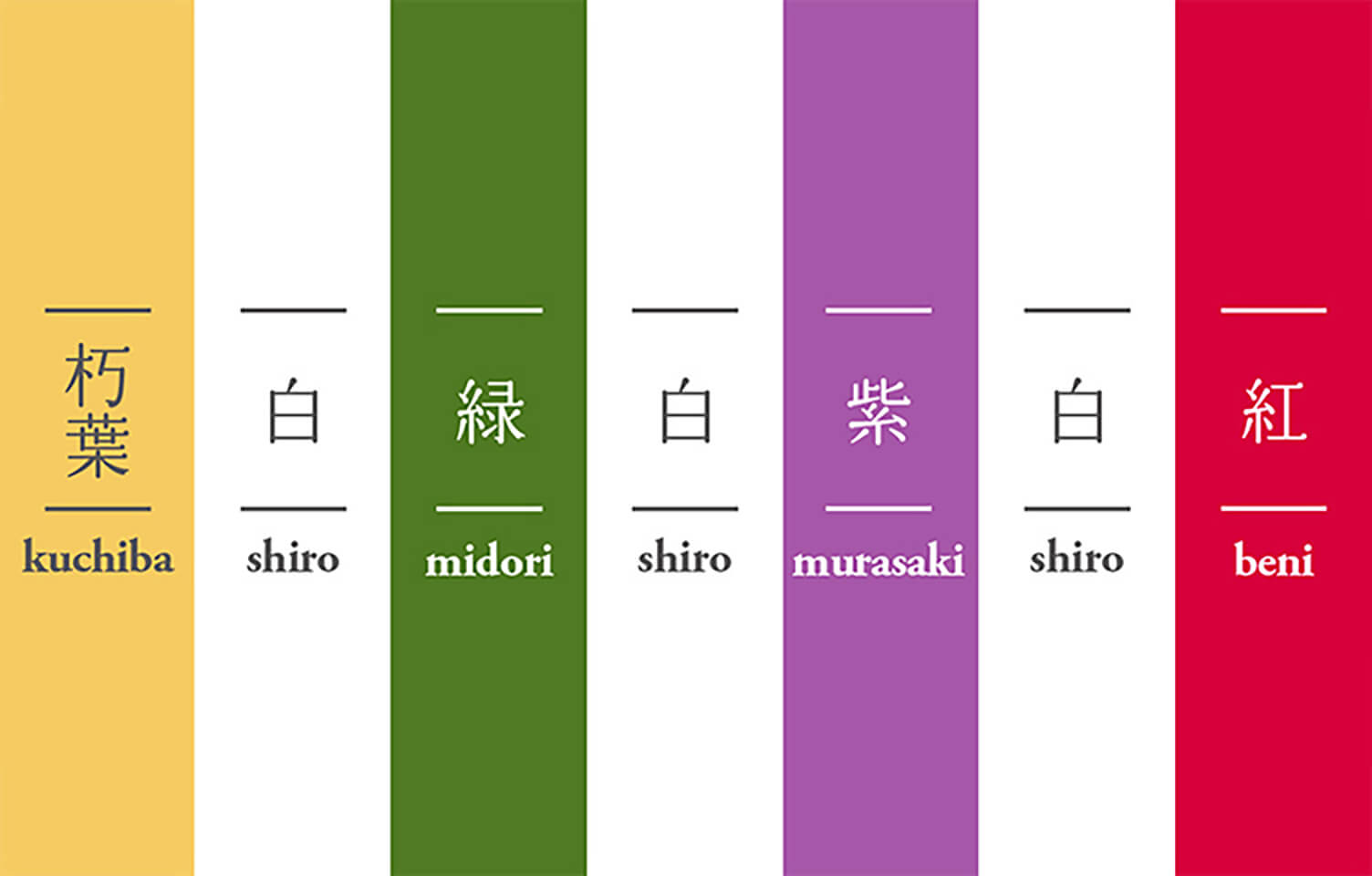
References
Traditional colours that feel cool in summer
When it’s hot, don’t you imagine water, the sea, or the shade of trees? Cool-toned colours are often used for that feeling.
While blue is the typical colour for “cool feeling”, other examples include wakatake iro (young bamboo green) or kogamo iro (mallard duck green) which evoke summer plateau scenes.
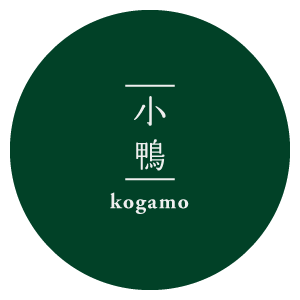
小鴨
kogamo
#00595D
R:136 G:138 B:188
C:58% M:50% Y:0% K:0%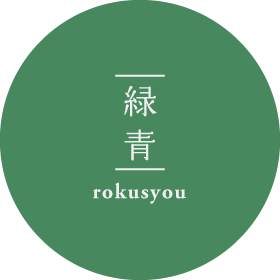
緑青
rokusho
#557857
R:85 G:120 B:87
C:48% M:0% Y:31% K:47%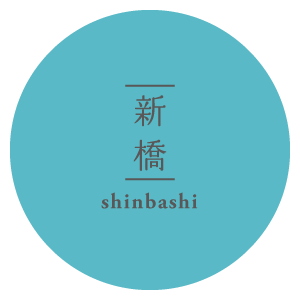
新橋
shinbashi
#FFD900
R:85 G:120 B:217
C:65% M:0% Y:15% K:0%
薄浅葱
usuasagi
#00A4AC
R:0 G:164 B:172
C:76% M:5% Y:29% K:0%
若竹色
wakatake
#7CC28E
R:124 G:194 B:142
C:60% M:0% Y:60% K:0%
露草
tsuyukusa
#71A4D9
R:113 G:164 B:217
C:60% M:23% Y:0% K:0%
梔子色
kuchinashiiro
#FFD768
R:255 G:215 B:104
C:0% M:16% Y:59% K:0%
藤色
fujiiro
#BAA7CC
R:186 G:167 B:204
C:32% M:37% Y:6% K:0%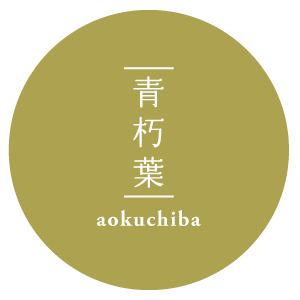
青朽葉
aokuchiba
#ada250
R:173 G:162 B:80
C:0% M:6% Y:54% K:32%
Colour combination examples
Summing up all in cool tones creates a refreshing impression; pairing with white gives a clean, crisp feeling.


References
飲料系のWebサイトでは涼しげな色をグラデーションさせて清涼感を演出しています。
Extracting colours from photographs
It may also be effective to pick colours from summer-photographed pictures. When extracting with the eyedropper tool in Photoshop etc., you might find the colour you get is more saturated or slightly different than what you see with your eyes. In that case, adjust by comparing what you see and what is extracted.
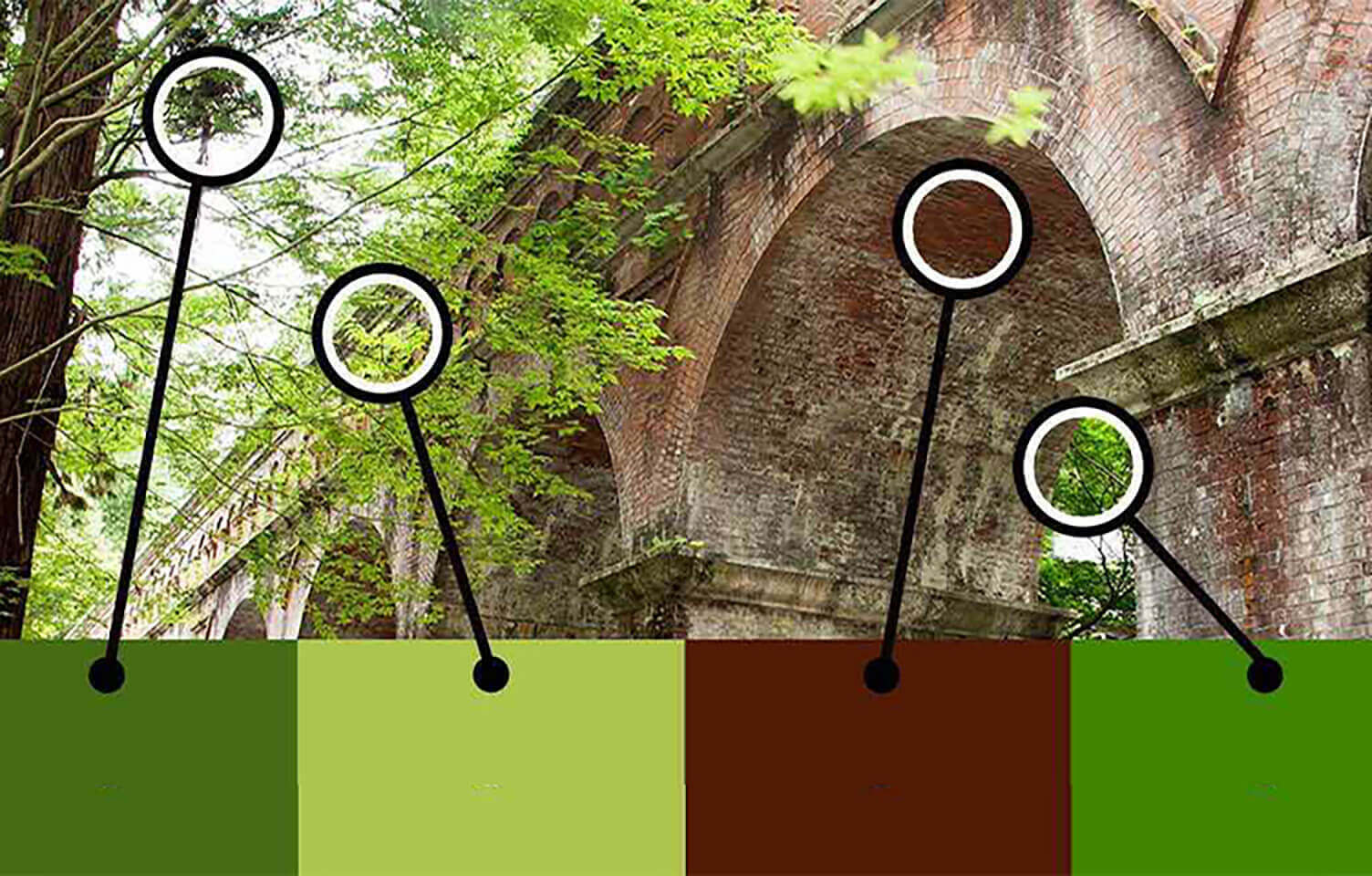
Summer-specific patterns
Combining summer colours with seasonal motifs further highlights the sense of summer. Here are some patterns we introduce.
Asanoha-mon (Hemp-leaf pattern)
A geometric repeating pattern based on regular hexagons, named after the hemp leaf. Because the plant grows straight and strong, it has been used as a good-luck motif since ancient times. Even today it appears broadly in websites and product packaging.
Using simple geometric patterns like this across a background gives a calm impression.
Seikaiha (Blue ocean wave pattern)
This pattern expresses the waves of the sea, continuing in a rhythmic manner. It has been used since the Heian period in court music costumes and crafts. It is considered an auspicious
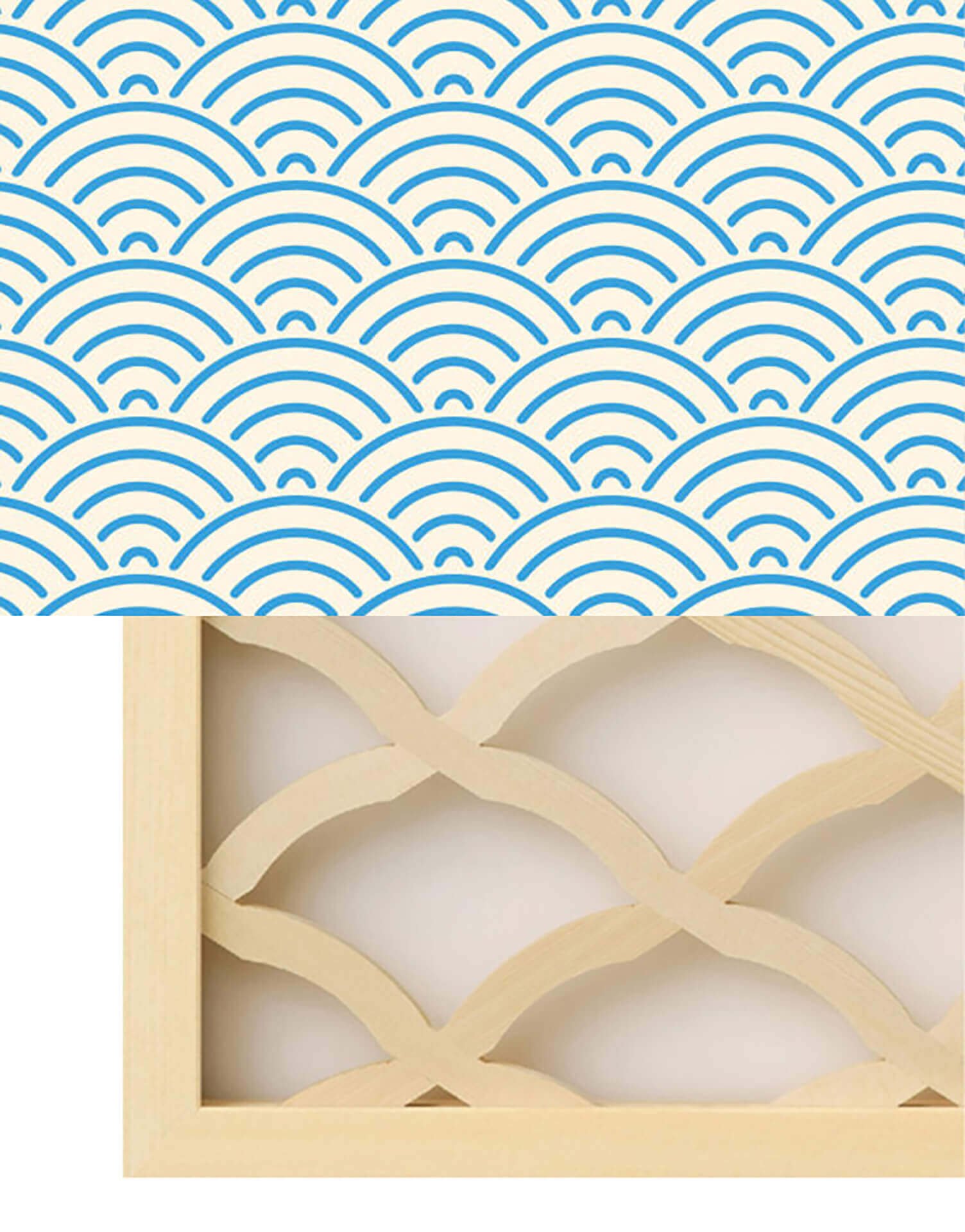
「組子文様デザイン 青海波 日本伝統装飾|組子のタニハタ」
https://www.tanihata.co.jp/products/tn-111/
※紹介する事例の引用元サイトは、一定の期間を過ぎるとクローズする可能性がありますので、ご了承ください。
Kingyo-mon (Goldfish pattern)
This pattern is somewhat more recent in history, but loved for summer clothing (such as yukata) as a motif that evokes cooling off and playfulness. Even a single goldfish in a design adds impact; when paired with running water or aquatic plants, it gives a refreshing feel. Also, goldfish are considered good luck and associated with wealth, happiness, and many offspring.
Asagao-mon (Morning-glory pattern)
A representative summer flower. Often used in patterns for yukata or garments that help avoid heat and give a sense of coolness. Although it’s not originally from Japan (its origin is the Himalayas), it was introduced via China in the Nara to Heian periods, and became popular as a decorative motif in the Edo period and ukiyo-e.
Ajisai-mon (Hydrangea pattern)
Hydrangea is a flower native to Japan, and has been known since ancient times (even mentioned in the Manyōshū). Because it blooms from early summer through to full summer, it evokes the rainy season and gives a cool impression. As a pattern, it’s used in goods for hot summer days because it looks even more beautiful when wet in rain.

「nugoo 【拭う 鎌倉】 本染め手拭いの通販ページ
(あじさい小道 折りたたみ日傘)」
https://nugoo-next.stores.jp/items/65ee9e1fea2af0002b4a1cfd
Summary
Japanese traditional colours were born from the changing of the four seasons, natural scenery, and everyday life in Japan. Since ancient times we have captured nature — grass, trees, flowers, sky, sea, earth, light, and shadow — in dyeing, painting, pottery, etc.
Therefore, the colour names are not just names, but contain scenery, feelings, and poetic meaning. For example, Ai-iro (indigo) refers to deeply quiet blue from indigo dyeing; Usukurenai (light crimson) reminds of spring cherry blossoms; Moegiiro (fresh green) conveys the breath of new leaves.
Summer’s traditional colours frequently give a sense of coolness or clarity. For example, Asagi-iro (pale light blue-green) that reminds of morning glory, Mizuiro (water colour) that reminds of light on the water surface, Gunjō (ultramarine) that reflects the sea in the evening – these lightly colour the summer scene.
These colours have been used in yukata or kimono along with seasonal motifs, giving a visual “cooling effect”.
出典:ANA鳥取美人物語
出典:冷やして愉しむ 夏の日本酒 「日本酒がうまい!」推進委員会
出典:綾鷹(あやたか)
出典:組子文様デザイン 青海波 日本伝統装飾|組子のタニハタ
出典:染の安坊
出典:nugoo 【拭う 鎌倉】 本染め手拭いの通販ページ
参考:きもの用語大全
参考資料:伊達千代「配色デザイン見本張」
参考資料:佐野 敬彦「日本の配色」
RECENT POSTS
- Vol.194The benefits and challenges of digital education in the AI era, and the future of learning
- Vol.193Vision-Making in the age of AI — How artificial intelligence is transforming the meaning of work and the nature of organizations
- Vol.192Circular Economy and Circular Design — The Idea of “Designing” a Sustainable Future —
- Vol.191Integration of brand strategy, organizational culture, and business strategy
- Vol.190The Possibility of White
